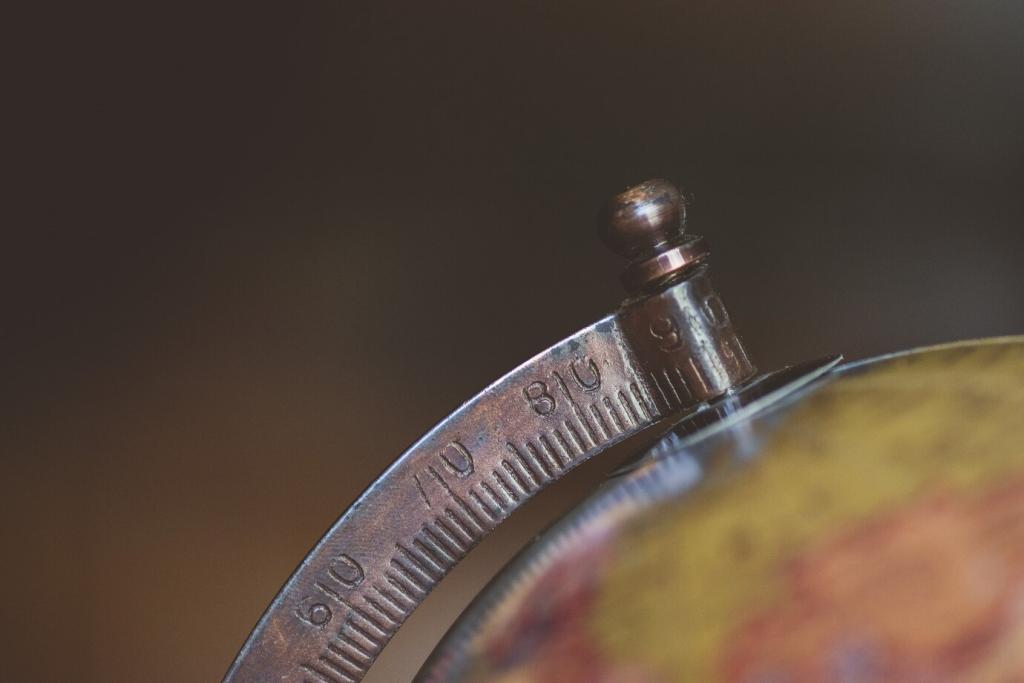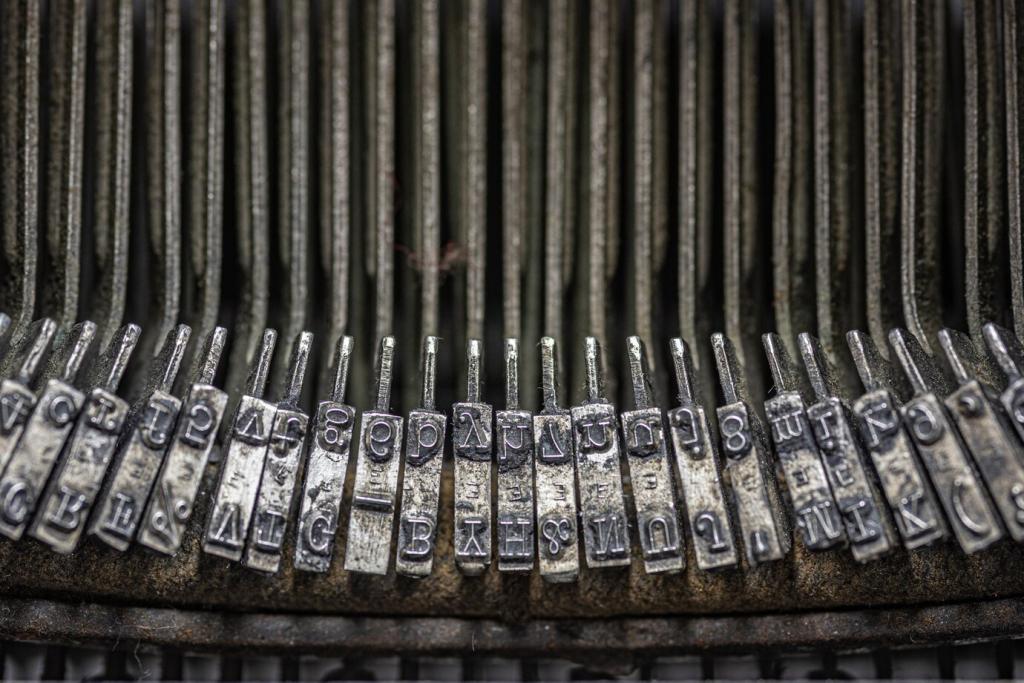The 19th Century's Digital Revolution
Chosen theme: The 19th Century’s Digital Revolution. Discover how telegraph clicks, punched cards, logical symbols, and audacious machines turned information into discrete signals long before laptops existed. If this fascinates you, subscribe and comment with topics you want explored next.
From Sparks to Signals: Telegraphy as the First Digital Network
Samuel Morse and Alfred Vail refined a system where short and long pulses mapped to letters, turning language into discrete timings. In 1844, the first American telegraph message, ‘What hath God wrought’, signaled a new era of long-distance, digital-style communication.



Engines of Thought: Babbage, Lovelace, and the Dream of General Computation
The Difference Engine targeted reliable tables by automating polynomial calculations, while the Analytical Engine promised loops, memory, and conditional branches. Imagine the clatter of gears executing logic. Ask a question below if you want a future post unpacking their mechanical architecture.

Engines of Thought: Babbage, Lovelace, and the Dream of General Computation
Ada Lovelace wrote that numbers could stand for anything, so engines might compose music or analyze art, not merely compute sums. Her notes read like a manifesto for general-purpose computation. Tell us which modern creative tool best fulfills Lovelace’s audacious intuition.
Logic Becomes Machinery: Boole, De Morgan, and Discrete Reasoning
Algebra of True and False
George Boole’s 1854 work proposed operations on truth values, crystallizing logic as symbolic manipulation. This abstraction prefigured digital circuits, where on and off states enact logical rules. Comment if you want a friendly primer connecting Boole’s notation to modern logic gates and coding.
Syllogisms Meet Symbolic Notation
Augustus De Morgan and Charles Sanders Peirce extended symbolic reasoning, translating argument structures into manipulable forms. The result was a toolkit for clarity under uncertainty. Share an example where crisp yes-or-no framing helped you solve a messy, everyday decision with confidence.
From Classroom to Cable Office
Telegraph operators lived discrete logic daily: encoding, decoding, and verifying messages with check words and protocols. Their discipline foreshadowed error control and standards. Tell us how standard forms—codes, templates, even emojis—help you preserve meaning across noisy channels today.
The Problem: Paper Mountains and Political Pressure
Officials feared the 1890 United States census would take longer to process than the next count was due. Demography met bureaucracy, and both strained under ink, ledgers, and deadlines. Have you seen vintage forms that hint at early datafication in your own community?
The Solution: Electrical Reading of Holes
Herman Hollerith’s tabulators sensed holes with metal pins and mercury cups, turning demographic traits into rapid, reliable tallies. The rhythmic clicking of counters announced progress. Comment if you want a tutorial exploring how a single card encoded birthplace, occupation, and marital status.
Aftermath: Corporations, Standards, and Global Adoption
Hollerith’s company grew, merged, and helped standardize card formats later associated with IBM. Governments and railways followed. With power came ethical questions about surveillance and fairness. Subscribe for our upcoming discussion on responsible data practices that acknowledge these nineteenth-century origins.
Participation and Preservation: Explore This Revolution Today
Your Family Archives Might Hide Digital Origins
Dig into drawers for telegrams, punch cards, or coded letters. Scan and share a story in the comments. We might feature reader artifacts in a future post, with your permission, to map personal histories onto the century’s sweeping information changes.
Hands-On: Museums, Rebuilds, and Open Datasets
Visit a working reconstruction of Babbage’s engine, explore telegraph keys at local museums, or browse open cable maps online. If you want a curated list of resources and exhibits, subscribe and tell us your city; we will tailor a guide.
Join the Conversation and Shape Future Posts
What should we unpack next: codebooks, women telegraphers, or the birth of data visualization? Leave a comment, vote in our upcoming poll, and subscribe so you never miss the next chapter in this ongoing, nineteenth-century digital saga.
Join our mailing list
